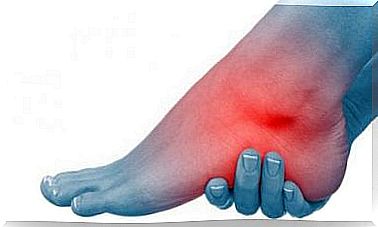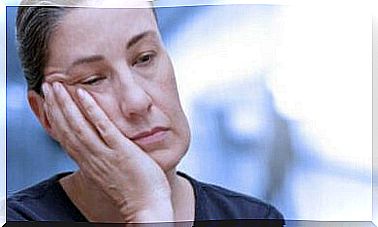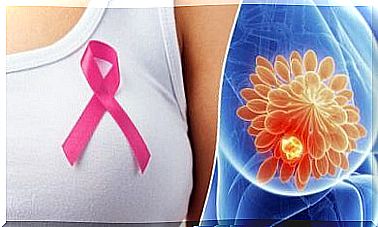Mechanisms Of Cancer Development
Cancer is known to be multifactorial in nature. Simply put, there are many components that play an important role in the development of cancer in a person. Find out more in this article.
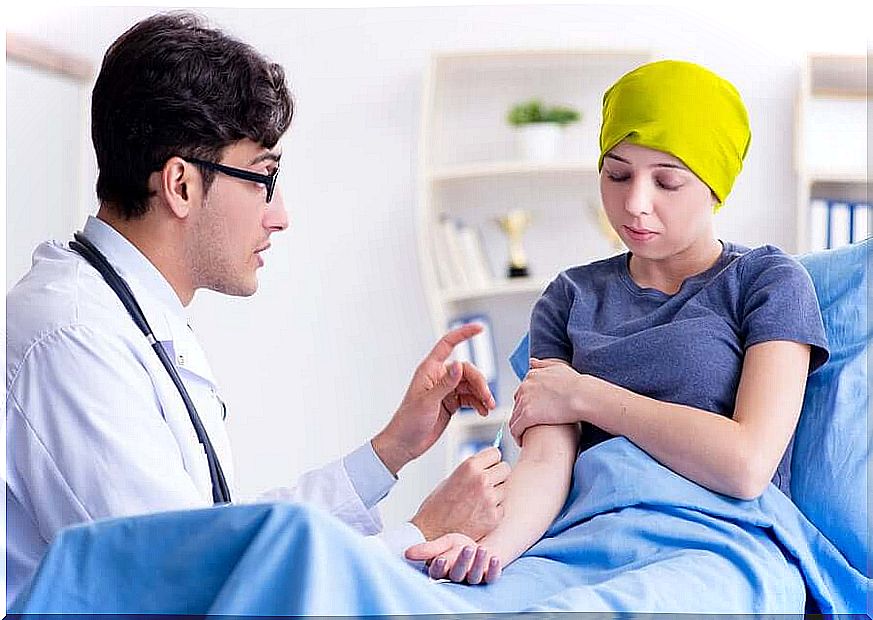
“Cancer” is a term used to refer to a collection of diseases characterized by the rapid and uncontrolled proliferation of cells in the body. Have you ever wondered what the mechanisms of cancer development are?
For this disease to develop, the cells that make up an organ must undergo changes in their genetic material. Or proteins derived from these genes. The origin of these changes can be hereditary or sporadic (spontaneous onset).
On the other hand, there are substances with the ability to speed up or trigger the processes which, as a result, will give rise to a particular type of cancer. These substances are called carcinogens and are among the risk factors for some forms of this disease.
The origin of cancer development
Cancer has its origins in a cell. The latter, due to the alteration of its functions, escapes the controls imposed in a biological way. It then divides and grows uncontrollably in any part of the body. This process is entirely linked to genes, with cancer being considered a group of genetic diseases.
On the other hand, genes carry the instructions needed to produce proteins that define the behavior of every cell in our body. Proto-oncogenes are found as well as cancer suppressor genes.
- Proto-oncogenes are the genes responsible for stimulating cell division as an essential function of life: the development of the baby during pregnancy as well as the healing of wounds depend on it.
- Suppressor genes, on the other hand, are responsible for thwarting the previous ones
Any change in the balance between the functions of proto-oncogenes and cancer suppressor genes results in irregularities throughout the cellular control system.
This imbalance can then result in increased production of a protein intended for cell growth. Which, in turn, would cause the proliferation of an abnormal cell type.
Another case can promote the production of a protein, with abnormal characteristics, which cannot repair damage done to a cell and affects a specific organ.
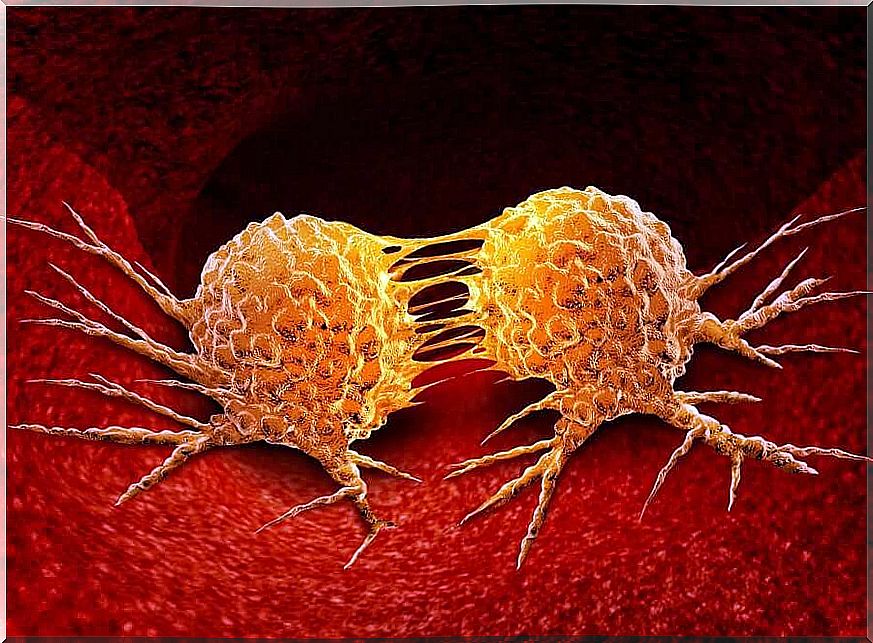
Risk factors
Cancer is well known to be multifactorial in nature. Simply put, there are many components that play an important role in the development of cancer in a person. Despite this, science has been able to identify certain players that increase the likelihood (risk) of suffering from at least one type of cancer. These actors are called risk factors.
We understand more the concept of risk factors by taking the definition of the World Health Organization which cites this:
From this perspective, risk factors may include exposure to chemicals, personal habits or the person’s occupation. In addition, family history (a direct family member who suffered from cancer) is generally considered to be an important risk factor for so-called hereditary cancers.
Mechanisms of cancer development
In order for the changes that lead to the alteration of cancer-causing genes to take place, several processes must occur. Among the processes to be noted, we can cite:
- Exposure to carcinogens
- Spontaneous genetic errors during cell growth
- Hereditary genetic mutations
In a general sense, the first two cancers can be called sporadic cancers. The latter have a peculiarity. The genetic alterations that play a role in their origin depend 80% on environmental risk factors (infections, radiation, chemicals) to which individuals are exposed.
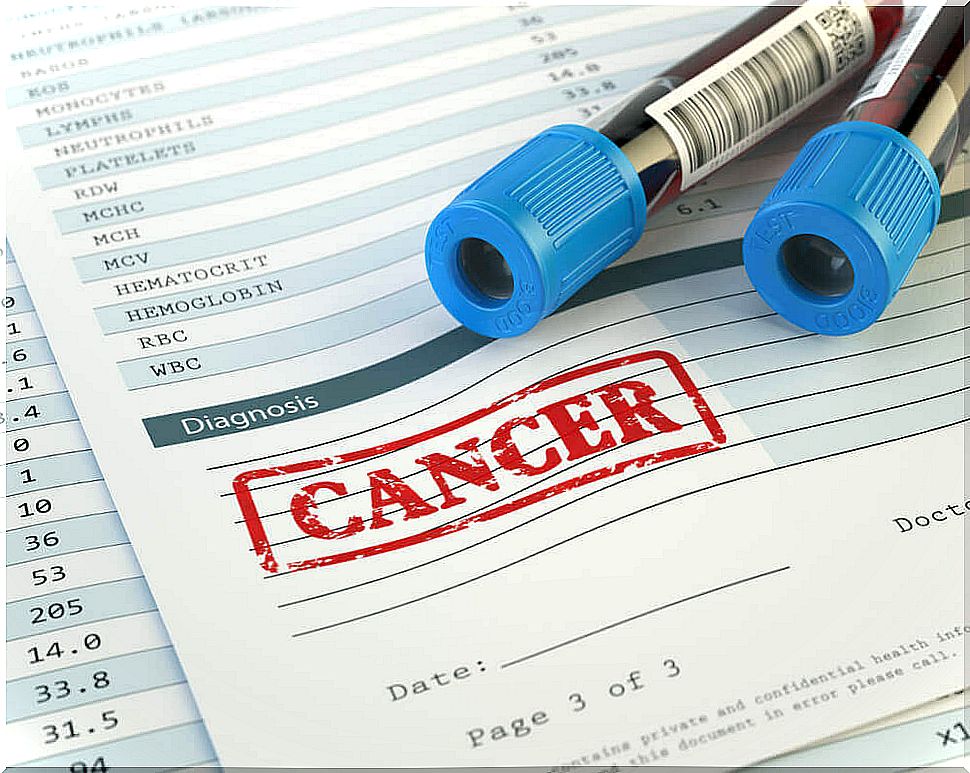
Familial cancer syndrome
In the case of hereditary genetic mutations, we can highlight the familial cancer syndrome. It is a kind of inherited disorder in which there is an increased risk of suffering from certain types of cancer among members of a family.
On the other hand, cancer is relatively common. It is estimated that at least one in three people will suffer from cancer in the United States. In other words, it will not be rare that within the same family, more than one individual is affected.
However, it is important to clarify that just because there is more than one case of cancer in a family does not necessarily mean we have to talk about familial cancer syndrome.
When many cases of cancer take place in a family, it is often because members of that family have been exposed to a common risk factor. For example, smoking.
Having said that, we are talking about familial cancer syndrome in the following cases:
- The same type of cancer occurs in more than one family member
- Cancer appears at an earlier age than normal (breast cancer in a 20-year-old woman)
- Several types of cancer happen in the same person (a woman with breast and ovarian cancer)
- Appearance of cancer in the two organs that go together (both breasts, both ovaries, both kidneys)
- Cancer manifests itself in several generations of families
Conclusion…
The term ‘cancer’ refers to a set of diseases having one common characteristic: the rapid and excessive proliferation of cells in the body. This may be related to environmental factors, lifestyle as well as family history related to the disease.



